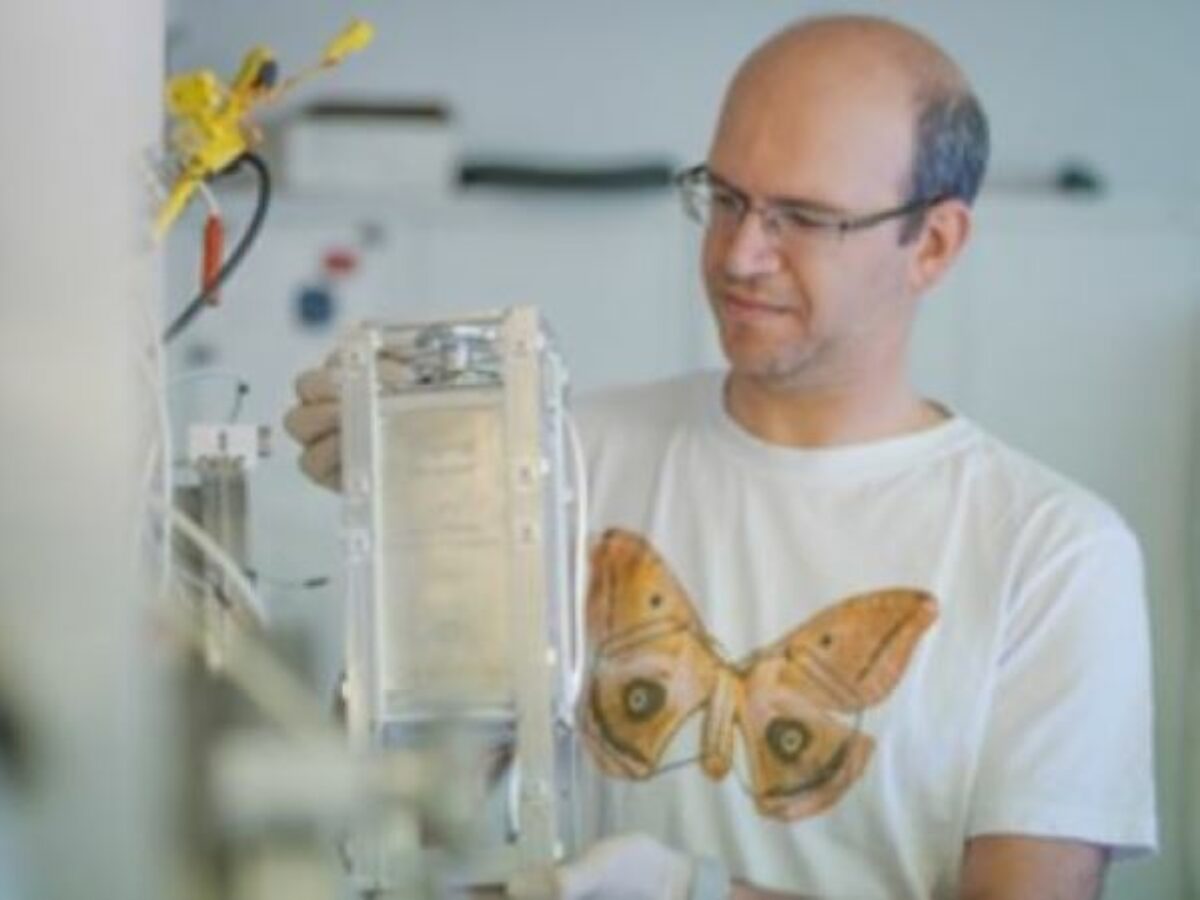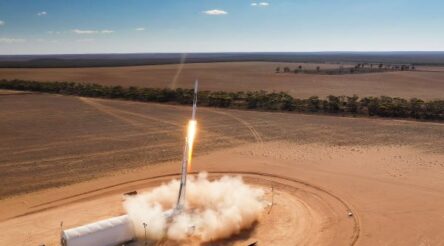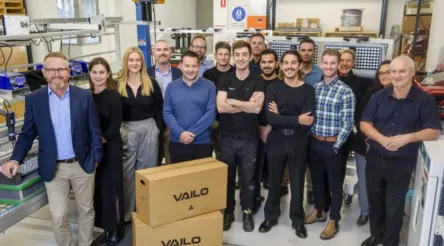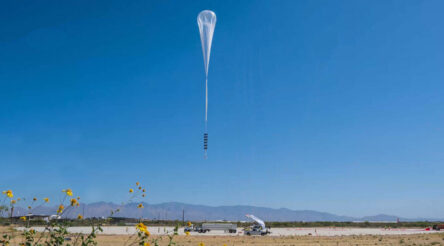Bogong satellite thruster tested in space

Boswell Technologies, satellite operator Skykraft and the Space Plasma, Power, and Propulsion (SP3) group at the Australian National University have successfully conducted a series of in-orbit tests of the novel Bogong satellite thruster.
Two of the Bogong Thrusters have been launched into space aboard Skykraft satellites, with in-orbit testing successfully completed in November 2023 using one satellite in the Skyraft-3 constellation, launched in mid 2023.
The Bogong thruster is a novel cold gas thruster that uses solid naphthalene as a propellent – naphthalene is commonly used in moth balls, hence the Bogong name.
When heated to a temperature similar to that of hot cup of tea it sublimates and becomes a vapour, which expands through a nozzle creating thrust in space that pushes the satellite.
Due to its small electrical power requirements, it is ideal for manoeuvring small satellites into precise orbits and attitudes.
Boswell Technologies said in a statement that the expected level of performance was demonstrated in-obit when the thruster gas valve was opened following validation of nozzle heating and naphthalene flow.
“Using only a few watts of electrical power to heat the naphthalene to 30 degrees Celsius, a significant change in the attitude rate and pointing was achieved using an estimated thrust of only 0.1 milliNewtons.”
More than 200 Skykraft satellites are set to orbit the Earth. They will monitor global air traffic, helping to develop more efficient travel routes and to avoid mid-air collisions, and also address gaps in surveillance and communications across remote areas.
Further reading:
Skykraft delivers space-based VHF communication for Air Traffic Management
Picture: Boswell Technologies/Dr. Mahdi Davoodianidalik inspects the Bogong thruster
@aumanufacturing Sections
Analysis and Commentary Awards Defence Manufacturing News Podcast Technology Videos










